Ever wondered why rats are always used in psychological experiments to understand human behaviour?
That’s because rat brains are very similar to humans in terms of structure and function. Plus their biological, genetic and behaviour characteristics are very close to ours. Rats have complex communication systems and can even demonstrate empathy and cognitive reasoning. They are highly intelligent creatures, ranking alongside dolphins and chimpanzees.
When they are not invading our premises and damaging properties, rats are really fascinating creatures
5 Interesting Fun Facts About the Rats
#1 Rats have Powerful Memories
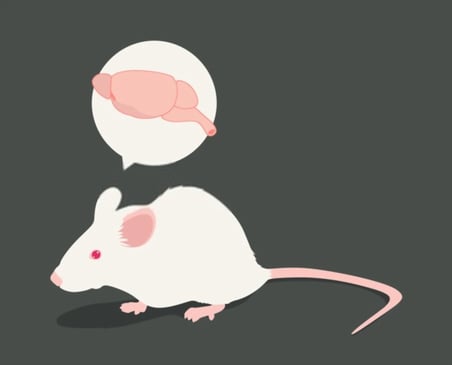
Rats are able to replay memories backwards and forwards in order to make decisions. Impressively, rats can memorise routes and are intelligent enough to figure out a new path if the original route is blocked. This trait feeds into their neophobia, the fear of anything new. When something foreign is introduced to their environment, rodents are acutely aware of it. They spend time to get accustomed to it and figure a way around it, including removing a food bait without triggering the trap. This is why rodent control solutions are effective only when designed with their behaviour in mind.
#2 Rats use their Tails to Balance and to Acclimatize
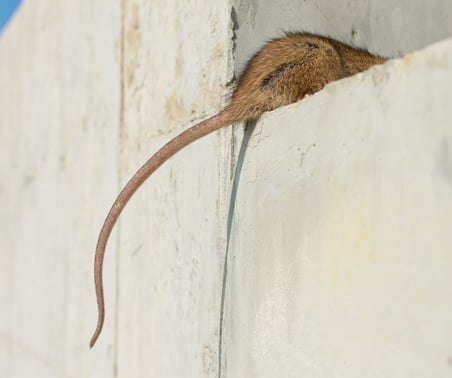
Because a rat’s tail has a large surface-to-volume ratio, many blood vessels and is hairless, it functions as a heat-loss organ. Rats adjust their body temperature by expanding or constricting their blood vessels. When their body temperature rises, blood vessels in the tail expand so that more warm blood flows to the tail and cools down before returning to the body, thus reducing the rat’s body heat.
Another important function of the rat’s tail is to provide balance. It serves as an axis to help change the centre of gravity and gives the rat rotational inertia. Thanks to their tails, rats can walk effortlessly across very narrow surfaces like rope, wires, tubing.
#3 Rat's Teeth Never Stop Growing and are Razor-Sharp
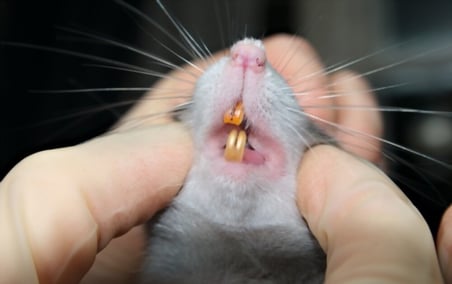
Rats have a pair of upper and lower incisors that never stop growing because these teeth don’t have roots. This is why rats grind their teeth against each other, and gnaw regularly. Grinding and gnawing sharpens their teeth such that they can chew through almost every type of material - wood, plastic, wires, even metals like aluminum and lead. One of the clearest signs of rodent infestation are the gnaw marks in packaged food products, furniture, cables and so no.
Read More >> Signs Of Rat Infestation At Your Workplace
#4 Rats can Swim Underwater and Tread Water for 3 days

Yes, rats can swim. In fact, they can hold their breath underwater for more than 3 minutes and can tread in water for around two to three days! This means they can easily survive being flushed down the toilet and find their way back into your homes. In particular, the Norway Rat, which is also commonly found in Singapore, can swim up to 1 kilometre. Their stamina and ability to survive in water means that rats will turn up in places we least expect.
#5 Rats can Laugh and Love Getting Tickled
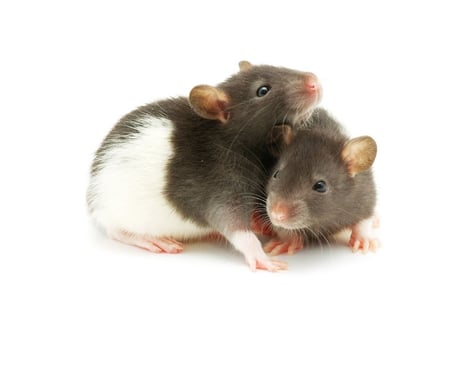
When tickled, adult rats produce an ultrasonic response at around 50 kilohertz. Scientists found that this resembles human laughter that typically occurs during play. What is more interesting is that the same study found that the rats that were isolated actively sought out tickling more than the others. It seems like laughter could really be the best medicine!
Read More >> How To Avoid Rat Infestation In Your Office?
What Would ORIGIN Do
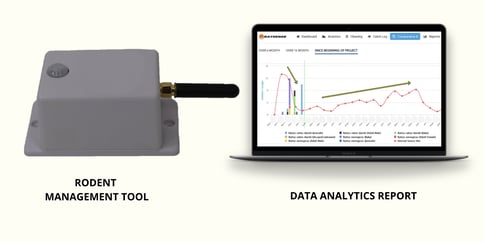
Because rats are so intelligent, it takes more than a “smart” trap to deal with an infestation. The most effective rodent control strategy would be to consider all their characteristics in order to pre-empt their behaviours and outsmart them. Our rodent control service comprises motion sensors paired with software that uses collected data points to identify hot spots. This in turn informs the next steps we need to take. Altogether, our solution is a proactive and precise approach that minimises human contact and optimises resources.


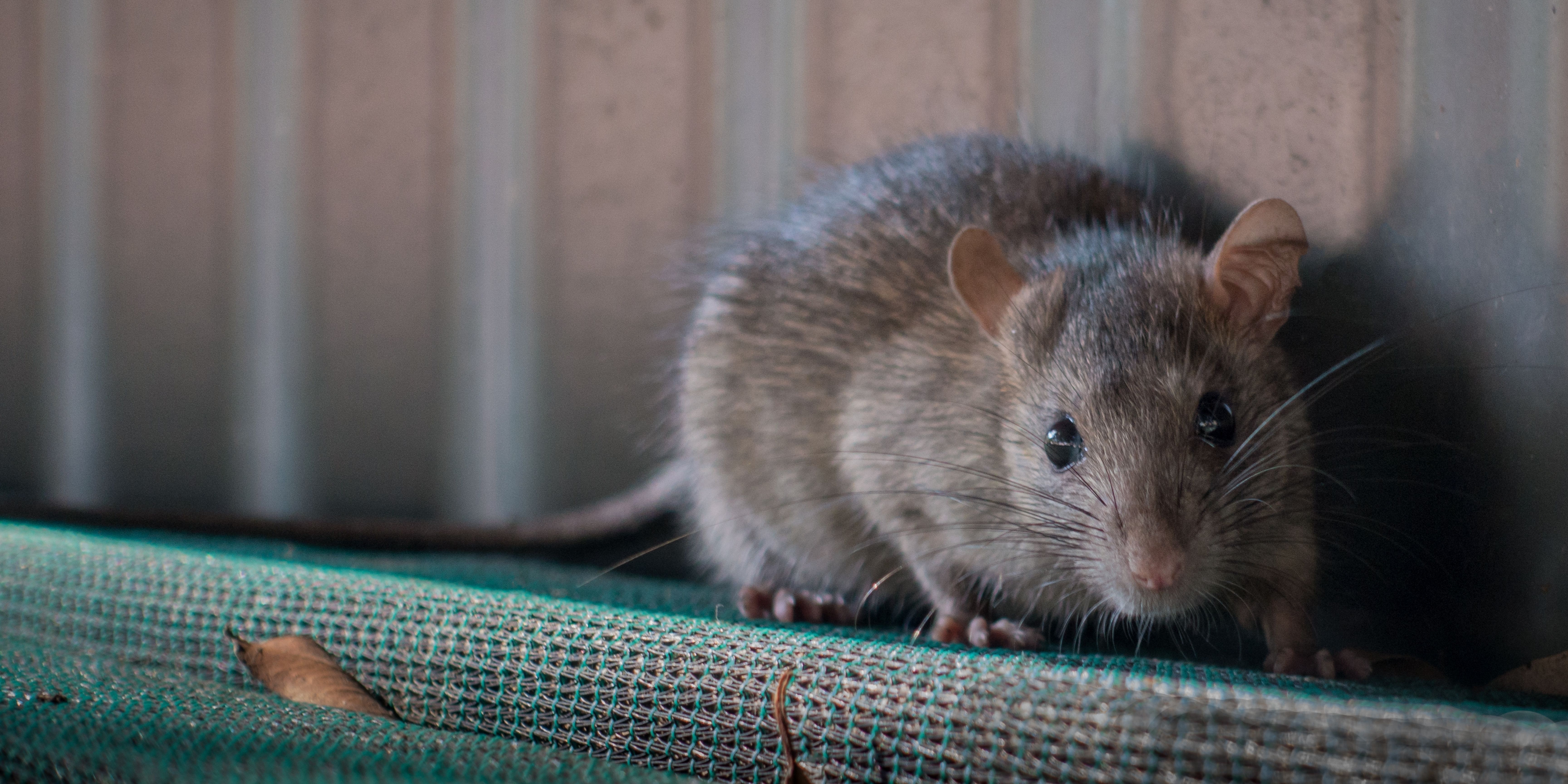









.png)
